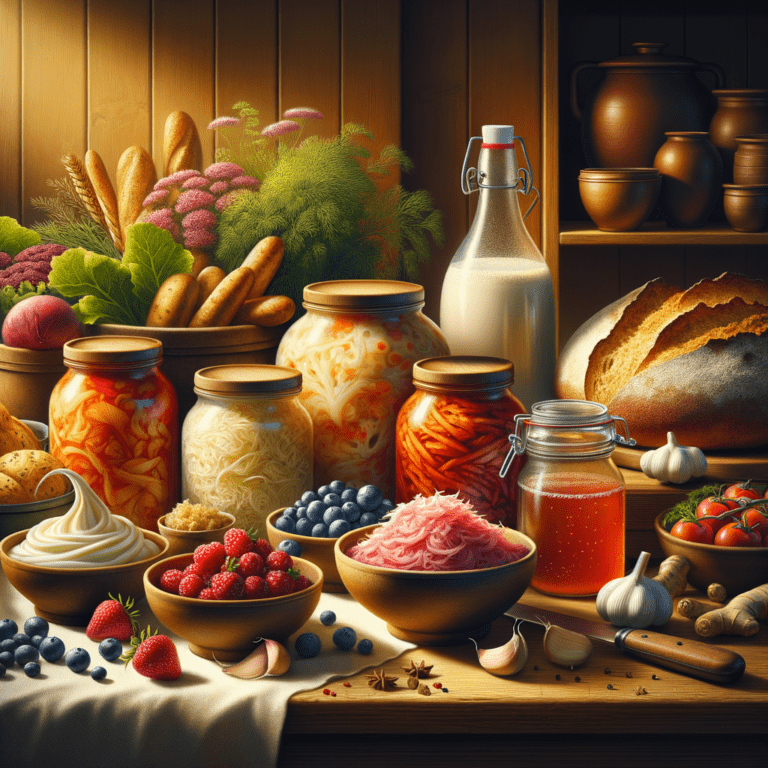Food waste. *Sigh*. It’s a phrase that makes me squirm, especially when I think about all the perfectly good food that gets tossed out daily. I’ve stood there staring at my own sad, leftover scraps and wilted veggies, feeling that gnawing guilt, promising myself I’d do better next time. And I meant it! Balancing eating healthy while avoiding waste is like a dance on the edge of a knife—it can be intimidating, but trust me, once you’ve done it a few times, it feels completely within reach.
Understanding the Why Behind Food Waste
Of course, we all chase those healthy goals—fresh fruits, vibrant veggies, lean proteins, whole grains—you know, the whole nine yards. But let’s be real: these yummy goodies go bad faster than I’d like. My heart sinks every time I find a forgotten cucumber that looks like it’s auditioning for a horror movie in the back of the fridge. We tend to waste because we buy more than we can chew, plan poorly, or get a little too fancy in the kitchen, only for it to go wrong.
Nobody sets out to waste food—perk for the planet and our wallets aside, it pricks at the conscience, doesn’t it? Makes you feel like you’re part of a big ol’ problem that stretches way beyond your jam-packed trash can.
Adopting a New Mindset
It hit me one day that cutting down food waste is more about shifting gears in my head than anything else. Instead of feeling like doing chores, I started seeing smart food management as a part of how I live my life. I became what I’d call a food optimist: looking at those saggy veggies as materials just waiting to be a masterpiece.
Embrace Imperfection in Produce
There’s something kinda charming about imperfection, don’t ya think? Like, a crooked carrot or a funky-shaped tomato can taste every bit as awesome as their picture-perfect siblings. Add some quirks to your grocery cart—they might’ve been the sad little rejects at the store, but hey, they’ve got the same goodness inside.
Hitting the farmers’ market became a mini adventure. Those oddball veggies are just waiting to be saved, and honestly, who can ignore a cheerfully lopsided apple? It’s like rooting for the underdog, bursting with flavor and character.
Meal Planning Like a Pro
I used to think meal planning would sap all the fun out of my kitchen adventures. I mean, who doesn’t like a sprinkle of the unforeseen in their cooking? But it turned out planning was my ally, anchoring me against food waste while letting me freestyle come dinnertime.
It’s not about mapping out every bite for the week. It’s more like painting a big picture where any ingredient lounging around in your fridge can step into the spotlight. Think of it like crafting a ‘choose-your-own-ending’ story. With a list for the essentials, grocery shopping becomes more targeted and less of a free-for-all.
Sensible Buying Habits
I admit it; I’ve fallen into the trap of impulsive grocery whims—a beguiling beetroot here, a curious new pasta there. But those impulse buys end up gathering dust or wilting away.
Now, before tossing anything into the cart, I ask myself, “Will you use this in a week?” If not, it stays put—unless it’s the kind of thing that can chill in my pantry for the long haul. My brain thanks me, as does my pantry, now roomy and less cluttered.
Storage is Your Superpower
Ahh, the happiness of a tidy fridge or pantry—it’s like hitting the right key on a tricky puzzle. Knowing how to store food can give it a second life, like a treasure hunt in your own kitchen.
There’s an art to this, you know? Some fruits and veggies need a cuddle from those crisper drawers, while others—bananas, I’m talking to you—want space so they don’t speed-ripen everything else. It’s a bit of a fridge Tetris game, but the fruits of your labor last longer, and trust me, you’ll be all about that.
Get Creative with Leftovers
Leftovers are like unwritten recipes, awaiting your genius. I’m often surprised at what dinner scraps or hidden bits in the fridge can become. A casserole, a stew, or even a new pasta twist—those leftovers can be the start of something unexpectedly delicious.
It’s more than just rehashing yesterday’s meal; it’s a jump-off point for new culinary escapades. One night’s roast chicken might be tomorrow’s soup star, and one half of a lonely bell pepper might just make an omelet sing. My best meals sometimes started as ‘let’s-see-what-we’ve-got’ nights!
Preservation: More than Just a Granny’s Trick
Back in our grandma’s day, preservation wasn’t just a hobby, it was survival smarts. Those time-tested techniques are treasures we should clutch close, even in our convenience-crazy times. From pickling to fermenting or whipping up your own jams, the possibilities are endless and oh-so-rewarding.
The first time I fermented cabbage into sauerkraut, it was a revelation—who knew it could taste that good? Now I’m a pickle fanatic, with shelves stacked full of colorful, tangy veggie goodness. Turning fresh produce into something preserved is like dangling summer on your shelf year-round.
Composting: Completing the Cycle
Even with our best efforts, some waste is gonna happen, and that’s alright. But don’t despair—those scraps are not destined for the landfill. Eggshells, coffee grounds, and those peelings have a higher calling. Composting is where waste hits rebirth, nourishing the next growth cycle.
I carved out a cozy compost nook in my garden, and each little scrap I add feels like a part of my eco-friendly circle coming full circle. Watching it transform into nutrient-rich soil, which will fuel new life, fills me with earthy joy.
So our task isn’t just to frown at that browning banana or that lonesome broccoli stalk. Let’s whip up some culinary magic, keep the process in mind, and sketch out the art of eating sustainably. It’s an emotional, quirky, and above all, tasty adventure!
In the grand scheme, the goal isn’t to be perfect or to count every crumb—it’s about stirring creativity and opening our eyes to the change we can make. Savor every small victory, stumble gracefully, and genuinely enjoy the journey of feeding yourself and the planet wisely. Because these steps, small as they might seem, contribute to a grand ripple effect—hopefully making our world a little better, one meal at a time.












